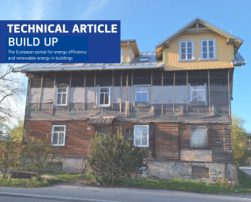
The article explores the strategies in renovating historic homes while improving their energy performance and indoor climate along with preserving heritage values. It highlights renovation challenges and financing complexities.

The article explores the strategies in renovating historic homes while improving their energy performance and indoor climate along with preserving heritage values. It highlights renovation challenges and financing complexities.
Ghibli Park in Nagoya exemplifies sustainable design by harmoniously integrating Studio Ghibli's cinematic worlds with nature, showcasing how creativity and environmental responsibility can coexist.
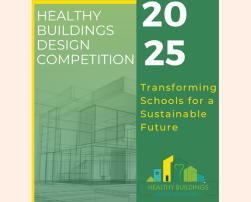
Join the Healthy Buildings Design Competition (HBDC25) and be part of a movement that is committed to building a better, healthier, and more sustainable future for all.
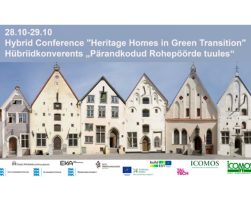
On the 28th and 29th of October, the international hybrid conference "Heritage Homes in Green Transition" will take place in Tallinn, Estonia. The focus will be on European and Estonian historic buildings in the context of the green transition, as well as improving the energy efficiency of protected residential buildings.

Buildings in the EU contribute significantly to environmental issues, prompting the need for a comprehensive policy approach to promote sustainable practices across their life cycle, including prioritising renovation, circular construction, low-impact materials, climate resilience and ensuring affordable housing through participatory decision-making and subsidies.
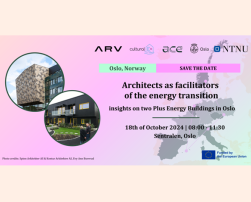
Join the awareness-raising event in Oslo to discover a wide range of replicable solutions for designing Plus Energy Buildings.

The September 2024 issue of the AIVC newsletter is out.
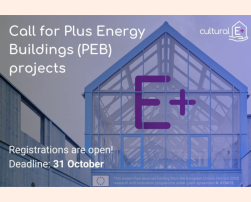
Within our EU-funded project Cultural-E, we are developing the PEB HUB, a community-powered by Plus Energy Building professionals working on multifamily-residential buildings.
Sustainable Planning And Resilience: Knowledge Learning Environment.
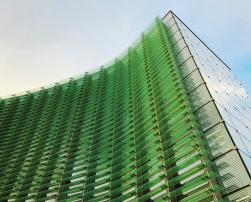
This study reviews how façade design—through materials, geometry, and vegetation—can address urban heat, pollution, and biodiversity loss, highlighting benefits and trade-offs while identifying research gaps.